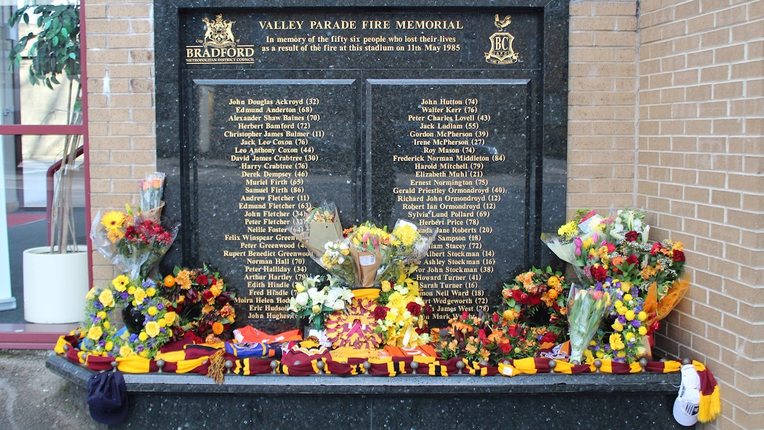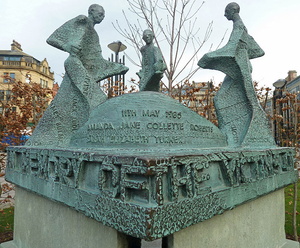
Football is a pleasure activity. It is a time for people to escape the grind of their everyday life and enjoy themselves.
Win, lose or draw it is accepted that, however seriously you might take it, it is nothing more than a game.
On more than one occasion, however, disaster has struck and innocent people who wanted nothing more than to support their team weren’t able to return home.
One such example of this happened on the eleventh of May 1985 when a fire broke out at Bradford City’s Valley Parade Stadium. It is the worst fire disaster in English football history and here we take a look at what exactly happened to cause the deaths of 56 people.
Background To The Fire
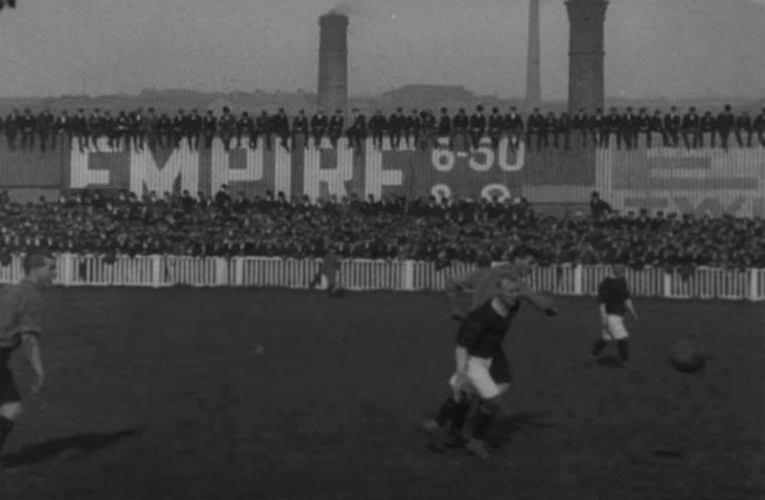
Bradford City Football Club had called Valley Parade home since the club was first formed in 1903. Before that a local rugby team called Manningham Rugby Football Club had played their since 1886. It was a basic stadium that was upgraded between 1908 and 1911. The work was carried out by the renowned football architect Archibald Leitch.
Leitch designed a new Main Stand with room for 5,300 fans in seats and a further 7,000 supporters in standing paddock at the front of the stand. It was built on the side of a hill, something that was quite unusual at the time. It also meant the the entrances to the stand were higher than in the rest of the ground because they were at the rear on the hill.
By 1985 some small changes had taken place in the rest of the ground but The Main Stand remained virtually the same as it had been when Leitch declared his work completed in 1911. The support structures and struts were antiquated and a gap in the stand underneath the seats allowed fans to drop rubbish down the slats.
This had caused a large build-up of rubbish and litter over the years. The club was made aware of this from numerous sectors. Simon Inglis, a writer who specified in writing about football grounds, had told Bradford about the build-up of rubbish and of the ancient nature of the stand itself. Likewise a country council engineer informed them in 1984 that ‘A carelessly discarded cigarette could give rise to a fire risk’.
The club did carry out some minor repairs, but they were going to claim money from the Football Trust to allow them to make more improvements. That was why the country council engineer had been called in in the first place, to assess the club’s rights to claim help with the improvements that they wanted to make.
The Build Up To The Fire
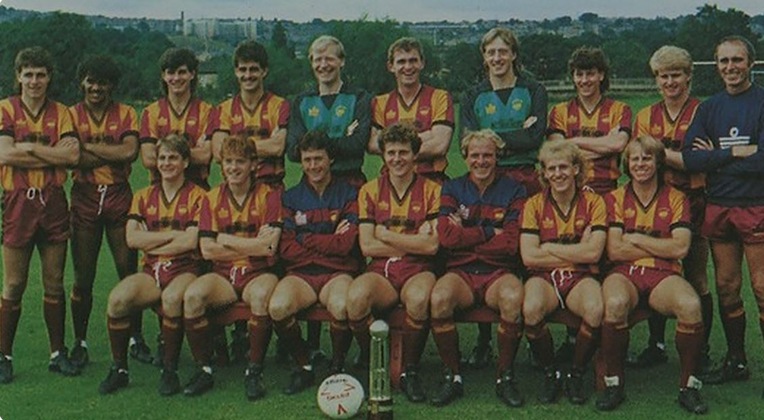
Bradford were enjoying one of their most successful seasons ever in the 1984-1985 campaign. The side had gone thirteen games unbeaten from the end of September and they had also reached the top of the Third Division during that time.
Moving into the new year City continued their good form and took an eleven point lead over the rest of the league in February of 1985. In the penultimate game of the season they took a 2-0 lead over Bolton Wanderers that the Northern club couldn’t overturn. This victory guaranteed Bradford Division Two football and the Division Three championship.
Prior to the eleventh of May the club had been averaging about 6,000 supporters for their home matches. However it was decided that the club captain, Peter Jackson, would be presented with the league trophy before kick-off on the final game of the season against Lincoln City. This, combined with the fact that it was City’s first piece of silverware in 56 years, saw a bumper crowd of nearly double their average turn up for the celebrations.
11,076 people entered Valley Parade for the match against Lincoln, including about 3,000 people in The Main Stand. Numerous dignitaries were also in attendance, including guests from the Belgian town of Verviers and the German cities of Monchengladbach and Hamm; places that Bradford was twinned with.
Bradford’s local newspaper, The Telegraph & Argus, had printed a souvenir edition for the special occasion. It was entitled ‘Spit and Polish for the Parade Ground’ and, ironically, detailed some of the safety upgrades that would be carried out during the off-season as the ground was ‘inadequate in so many ways for modern requirements’. One of those changes involved the replacement of the wooden terracing in The Main Stand with concrete.
The Fire
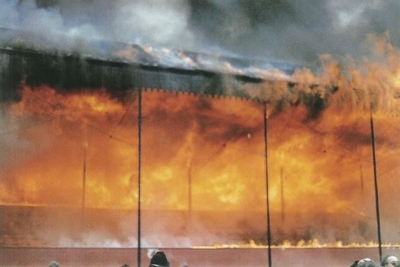
According to TV Commentator John Helm the fire began when an Australian visiting Bradford with his son and watching the match in The Main Stand dropped his cigarette on the floor and attempted to put it out with his foot. It slipped between the floorboards and moments later he saw smoke rising up. Both he and his son poured their coffees onto the area to put it out and initially thought they had succeeded.
It hadn’t. What followed was a series of mistakes and misunderstandings. A supporter, seeing what was happening, went to the back of the stand to get a fire extinguisher but there weren’t any. He alerted a police officer who shouted to a colleague to get one but he misunderstood and called the fire brigade instead. The fire escalated and the police began to try to evacuate the stand.
The fire spread incredibly quickly, causing the roof to catch fire as well as the wooden stand. Timbers and molten materials began to fall from the roof onto the spectators below. The entire stand was engulfed in flames in less than four minutes. Some supporters escaped onto the pitch and others tried to get out through the exits at the back of the stand. Sadly the doors at the back were either locked or shut and there were no stewards present to open them. Some were forced but others couldn’t be.
56 people lost their lives in the disaster, including two Lincoln Town supporters. More than 265 others were injured. At the time it happened it was the worst sporting disaster in England, though it would later be overtaken by the Hillsborough Disaster. People should never go to a football match and not come home and the victims of the Valley Parade Stadium Disaster should always be remembered.
